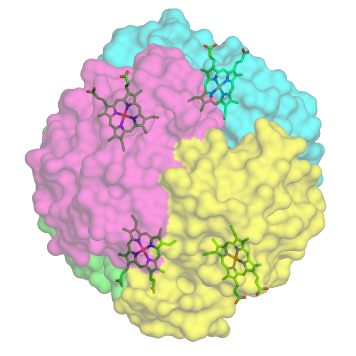





Proteins are a key component of your basic physiology. They are a big part of basic components.
Enzymes, plasma membrane, chemical messengers and cellular recognition all require proteins.


Lets start with the basics. The building blocks of proteins are Amino Acids.
There are 20 different amino acids. Each amino acid has the same structure except for the ‘R’ group.
The R group is a variable between each amino acid.
Each amino acid has an:
- Amino group (NH2)
- Carboxyl group (COOH)
- Side chain (R).

The bond between amino acids is called a peptide bond.
When two amino acids come together, it creates a Di-peptide.
When three amino acids come together they form a Tri-peptide.
When 4 or more come together they from a Poly-peptide.

Primary Structure
The primary structure is the initial stage of a protein. This is simple a linear strand of amino acids.
Secondary Structure
Bonds begin to form between amino acids causing the shape of the protein to go from linear, to Beta-pleats or Alpha-helix.
Depending on the sequence of amino acids in the primary structure, the shape of the Secondary structure will change.
Tertiary Structure
The tertiary structure is a three dimensional shape.
As you can see from the diagram the tertiary structure is simply the secondary structure further coiled, forming a 3D shape.
Remember a proteins structure is related to its function (enzymes).

Quaternary Structure
The picture to the left is the quaternary structure of a proteins.
The Quaternary Structure refers to two or more polypeptides joining together.
A common example is haemoglobin (in red blood cells). These are composed of 4 polypeptides.



Structure and movement.
Proteins form fibres in your hair, skin, muscles and nails.
Membrane bound
- Passage of large molecules
- Recognition of self and non-self
Hormones
Some hormones are protein based.



Questions
1. What are the building blocks of proteins
2. What are 3 amino acids in a row called
3. List 4 food sources of protein
4. Make a list of the proteins you ate today and yesterday
5. What are the building blocks of Carbohydrates
6. What are a chain of glucose molecules called
7. Draw the Primary structure of a protein
8. Draw the Secondary structure of a protein (Include beta pleats and alpha helix)
9. List 4 uses of proteins and explain what they do and how they help the body function.
10. Complete the following diagrams for Proteins, Carbohydrates, Lipids and Nucleotides.

What foods Would you find this molecule in
What is the role of this molecule in the body.
What are its uses.

















